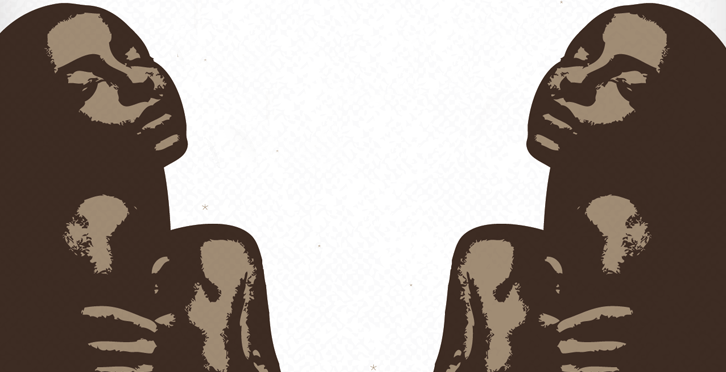In a nutshell Thriller is the most influential record of my time. I grew up in a very strict, religious home & Thriller was the only “secular” album my mom would allow me to have. The year was 1983: The Jackson Five are performing at Motown’s 25th anniversary, and I’m glued to the TV. Toward […]
In a nutshell Thriller is the most influential record of my time. I grew up in a very strict, religious home & Thriller was the only “secular” album my mom would allow me to have. The year was 1983: The Jackson Five are performing at Motown’s 25th anniversary, and I’m glued to the TV. Toward […]
Sade – Love Deluxe In 1992, the musical landscape appeared to be suffering from a mild case of schizophrenia. Where there had once been clear and defined lines separating music genres from one another, those lines began to blur at an unprecedented rate as R&B, hip-hop, rock, jazz and even country began bleeding into one […]
Zombies’ Odessey and Oracle So where to start? The Zombies were in a bit of a bad place in 1967. Odessey and Oracle was the result of frustration. Toiling for years with very little commercial success to speak of and their current recording contract long past expiration, primary songwriters Rod Argent and Chris White sought […]
Happy Monday, everyone! Some quick updates about some of our favorite ATL Collective artists: The Shadowboxers and Chinua Hawk are playing at Vinyl on Thursday, March 8: http://www.centerstage-atlanta.com/show?id=517&artist=CHINUA+HAWK The Shadowboxers and Amy Ray (of the Indigo Girls) are playing at the Variety Playhouse on Saturday, March 10: http://www.variety-playhouse.com/event/90855/And our very own Micah Dalton is playing at Vinyl […]
Like us on Facebook: http://www.facebook.com/atlcollective
Warm thanks and holiday cheer to everyone who came out to our show atEddie’s Attic last night! You all helped make it such a festive evening. Make sure to stay tuned for updates on our next show on January 11, 2012, featuring Neil Young’s “After The Gold Rush” with Micah Dalton, Tyler Lyle and David Berkeley.
Happy Holidays! In this time of caroling, spiced drinks, and mistletoe, we are happy to ring in the holidays with you, our friends of the Collective! We are thrilled to announce that our surprise featured artist will be Tanner Merritt of Atlanta’s own O’Brother. To spread even more holiday cheer and help get you as excited […]
Some of my earliest memories stem from listening to the Beatles with my father. Sitting together on Saturday mornings, over warm bagels and coffee, (apple juice for me), my dad would put a Beatles’ vinyl on the record player, and we would sit together and listen. Interspersed throughout the course of the album, my dad […]
Our dear and talented co-founder Micah Dalton is working on his next studio album, but he needs your
Our dear and talented co-founder Micah Dalton is working on his next studio album, but he needs your help! Back his album today via kickstarter.com to help see his next album produced.



